
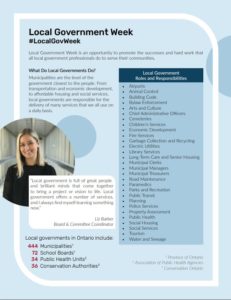
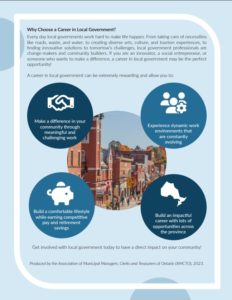
Local Government Week raises awareness about the important role municipalities play in delivering essential services and shaping communities.
It also recognizes the dedication of local government employees, elected officials, and departments who work every day to support residents.
What is a Municipality?
Villages, cities, towns, townships, counties and regions are all examples of names that can be used for a municipality.
Lower-tier: sometimes referred to as local municipalities. Membership on council is usually by direct election in wards or ‘at large’ (e.g., City of Richmond Hill, City of Niagara Falls, Town of Renfrew).
Single-tier: not part of a county or regional structure, council directly elected by residents (e.g., City of Ottawa, City of Guelph, City of Thunder Bay).
There are 444 municipalities in Ontario
Municipal Leadership & Administration
Municipalities are governed by municipal councils that are made up of a Head of Council (e.g. mayor, reeve, warden, regional chair) and councillors who may be elected by ward or at-large.
Most municipalities in Ontario have ‘weak mayor’ systems, but since November 2022, several municipalities across Ontario have been given ‘strong mayor’ powers.
The Municipal Act requires municipalities to appoint certain roles such as a clerk, treasurer, and an integrity commissioner.
While municipal structures can vary, typically they have department heads who report to the CAO and direct within their domain.
Department heads could be called commissioners, directors, or general managers.
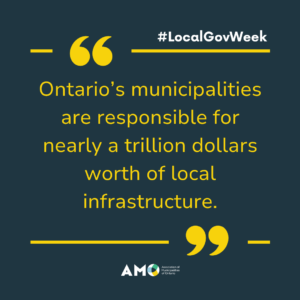

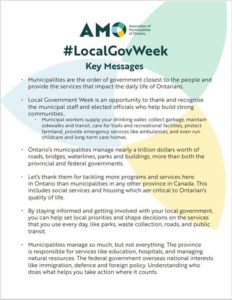
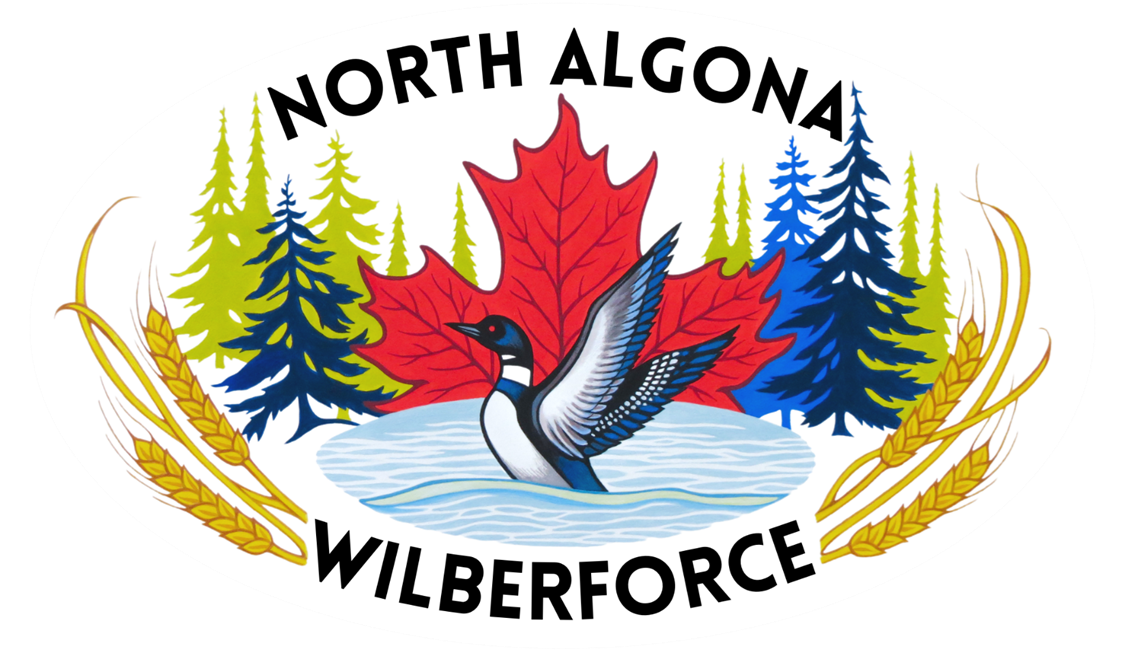

Recent Comments